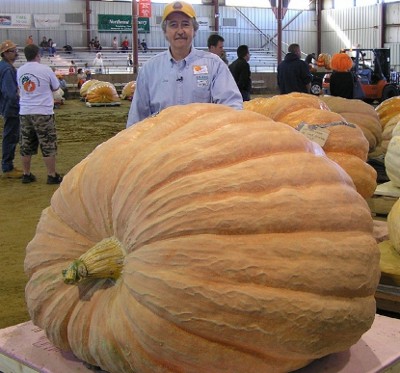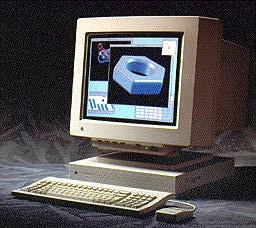(Sorry about the subtitles in the screenshots by the way, it's not that easy to find good quality movie clips online for free)
The first shot of the movie (a Mid/Medium shot) fades in to reveal the main characters of the film (or the 'who'), played by Vince Vaughn and Owen Wilson.

Next a Medium Long Shot is used (along with the dialogue) to reveal that they are mediating a divorce, answering the question of 'what'.

Although it is not told explicitly to the audience, the 'when' can be determined by the decor of the scene and how the characters are dressed, as well as the dialogue of the characters. It is soon established that this is set in modern times, and during the day.
The 'where' of the scene can also be idetified from this shot, as the viewer can see that the scene takes place in an office, and a later Wide Shot/Establishing Shot reveals that they are in Washington D.C.

Although the 'why' of the scene isn't made as obvious through cinematography, a mid shot helps convey the anger of the wife and her hatred for her husband, showing the reason behind the divorce.

A big close up later in the film of the 'purple hearts' shows 'how' the two main characters plan on getting free drinks at the weddings they intend to crash.












